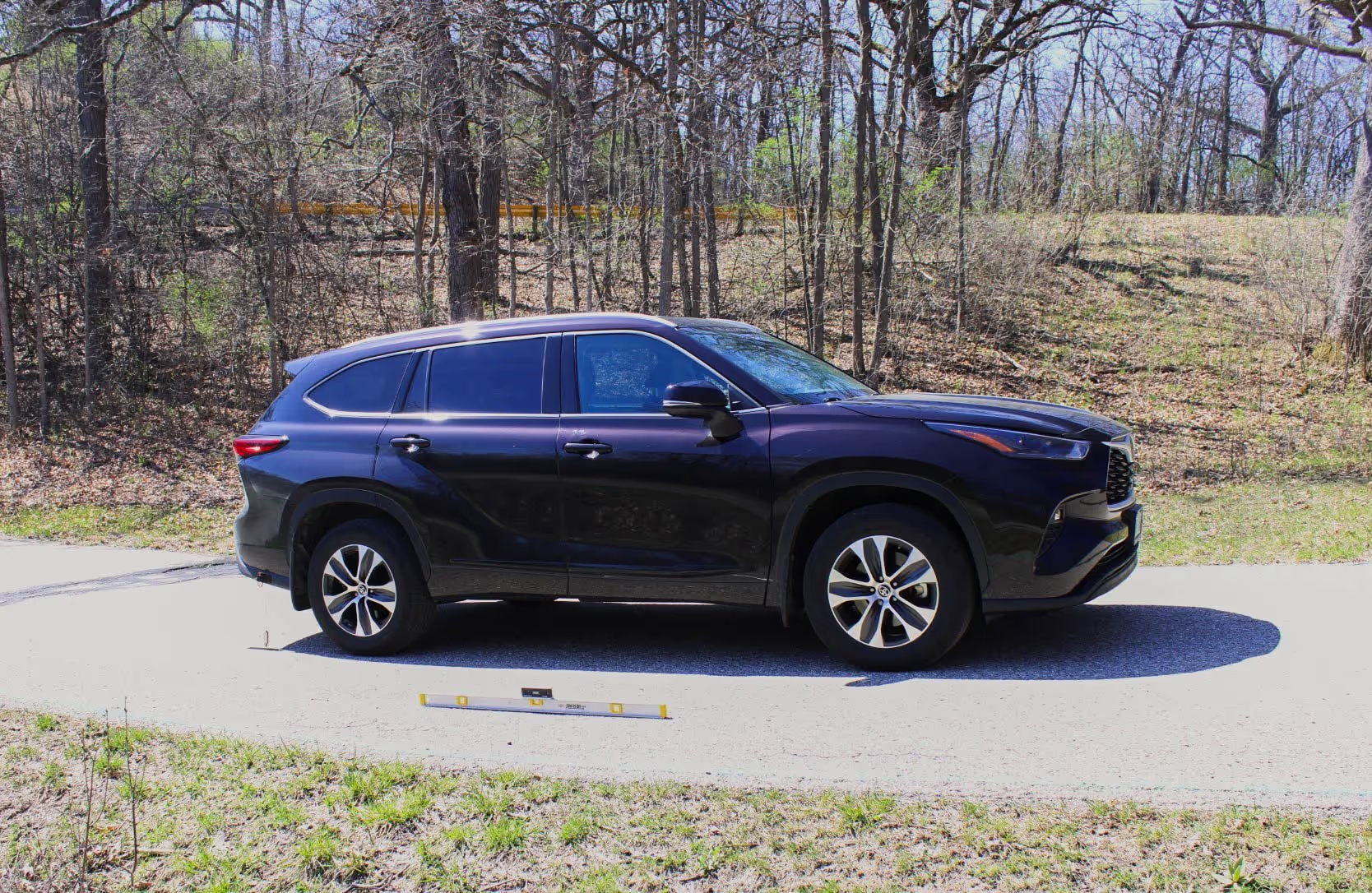
Exteriors & Closures
MGA Research Corporation offers comprehensive testing services for automotive exteriors, ensuring components meet the highest standards of aesthetics, functionality, and durability under various environmental conditions and usage scenarios.
Quick Overview

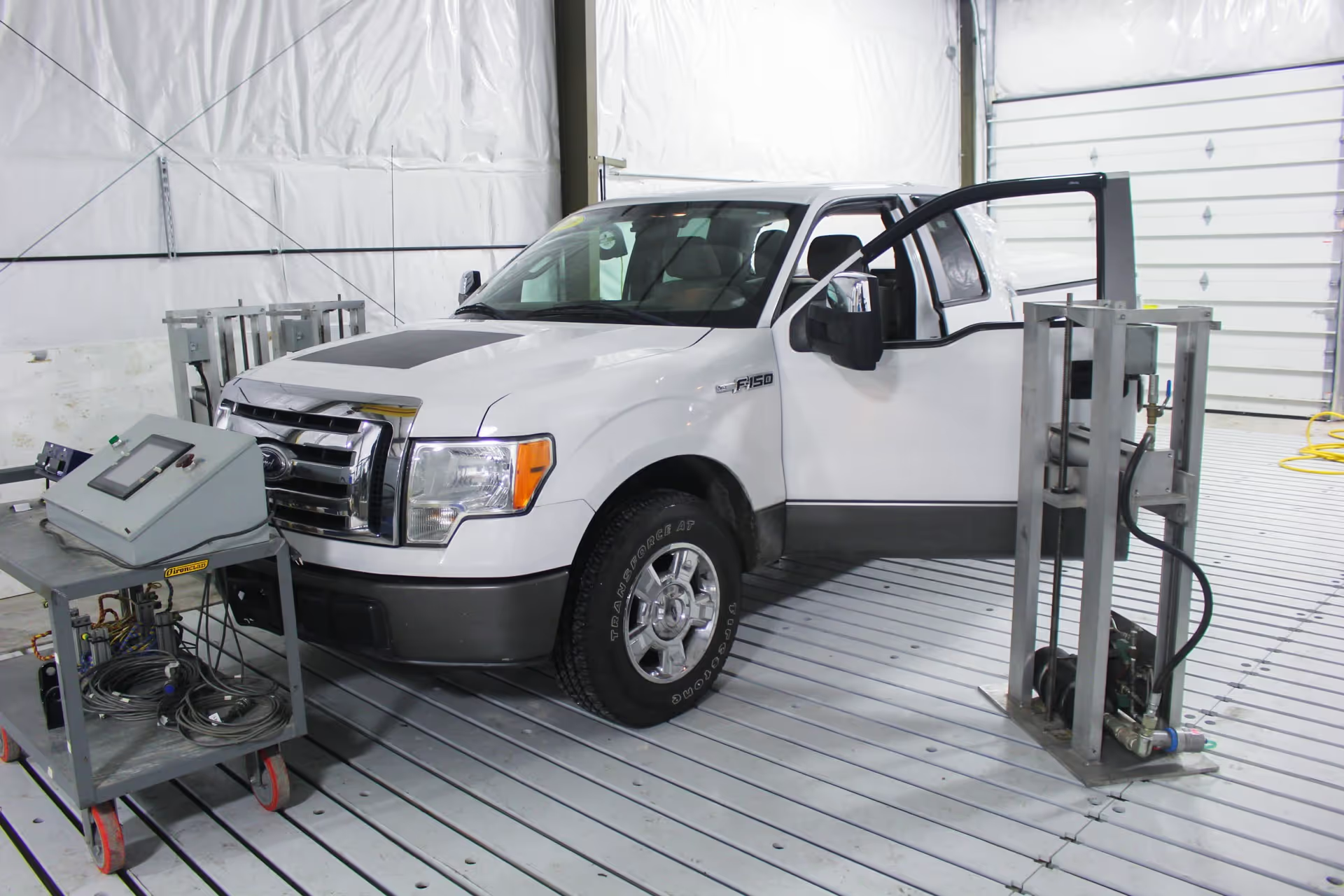
Comprehensive Exterior Testing Solutions
We offer extensive testing services for automotive exterior components, ensuring they meet the highest standards of aesthetics, functionality, and durability.
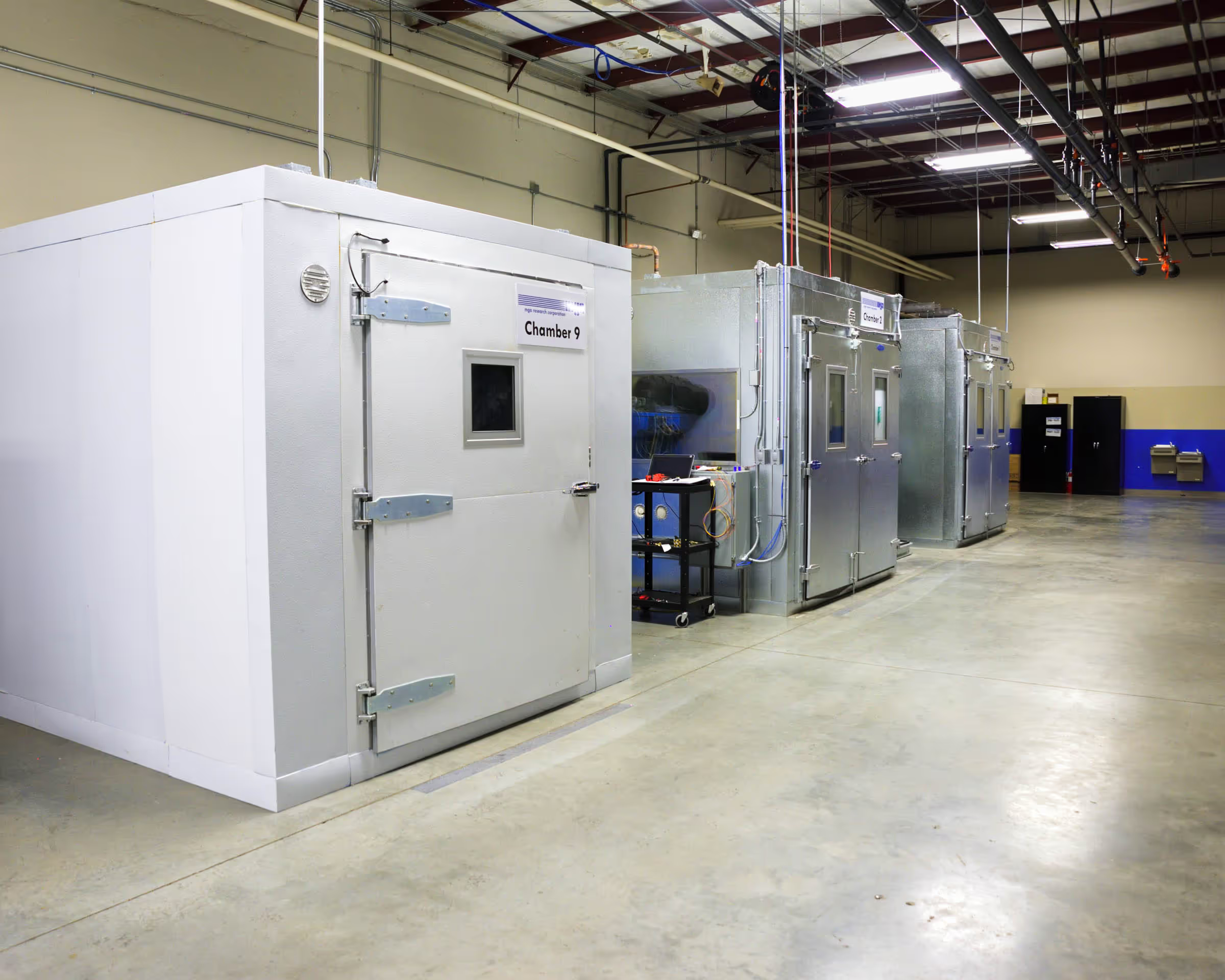
Advanced Environmental Simulation
We utilize over 100 environmental chambers nationwide, including mega drive-ins, to simulate extreme conditions and evaluate component performance.
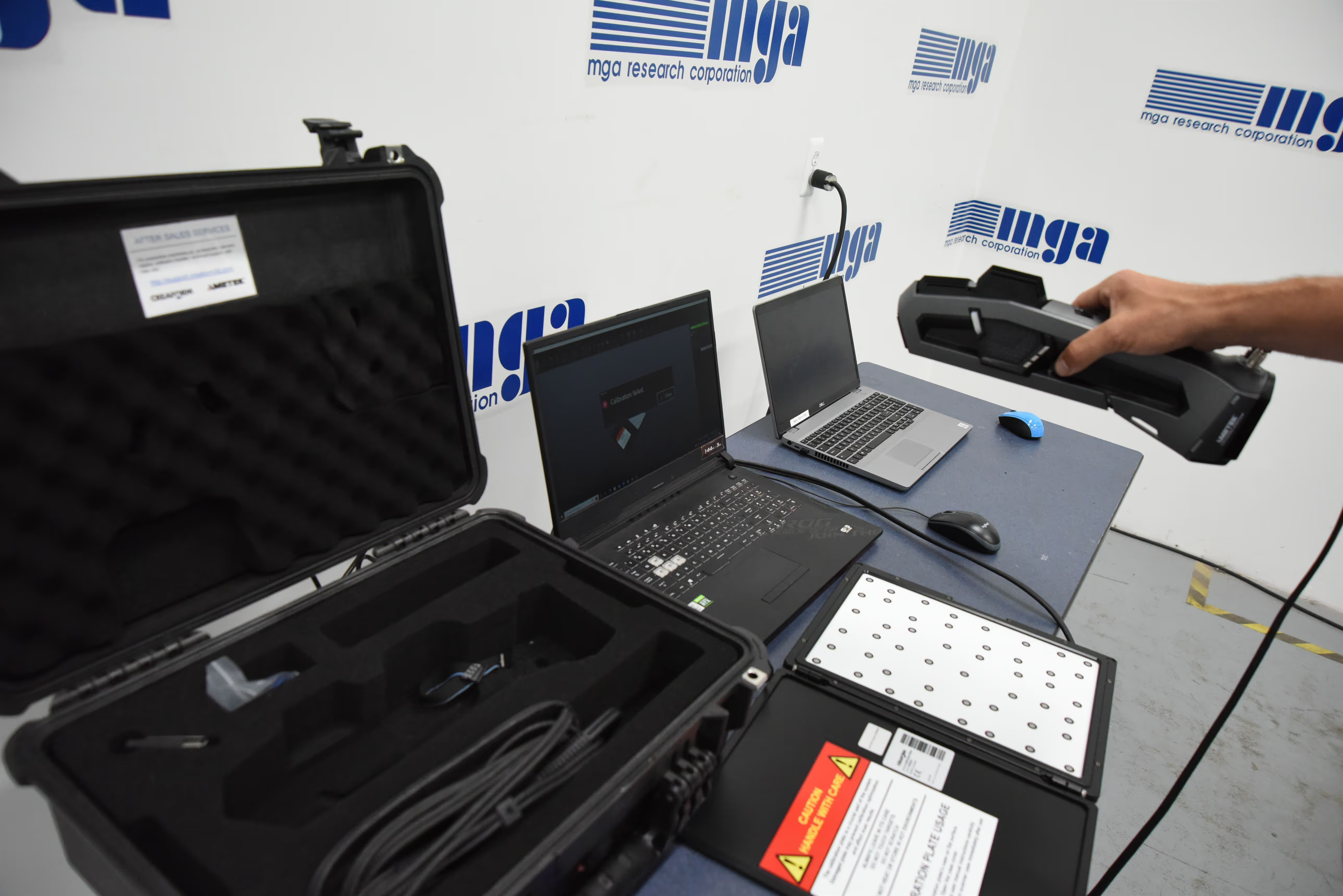
Diverse Testing Capabilities
We conduct a wide range of tests, including dimensional stability, cold impact, vibration, firm feel, and solar load simulations for various exterior components.
.avif)
Closures and Window Durability Expertise
We specialize in lifecycle testing for doors, trunk lids, liftgates, and windows, simulating real-world usage under various environmental conditions.
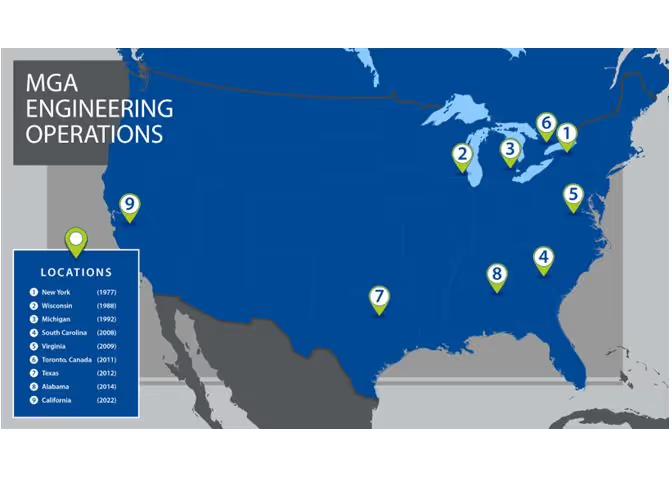
Multi-Location Testing Network
We offer testing services across nine North American laboratories, providing flexibility and rapid response to OEMs and suppliers in key industry regions.
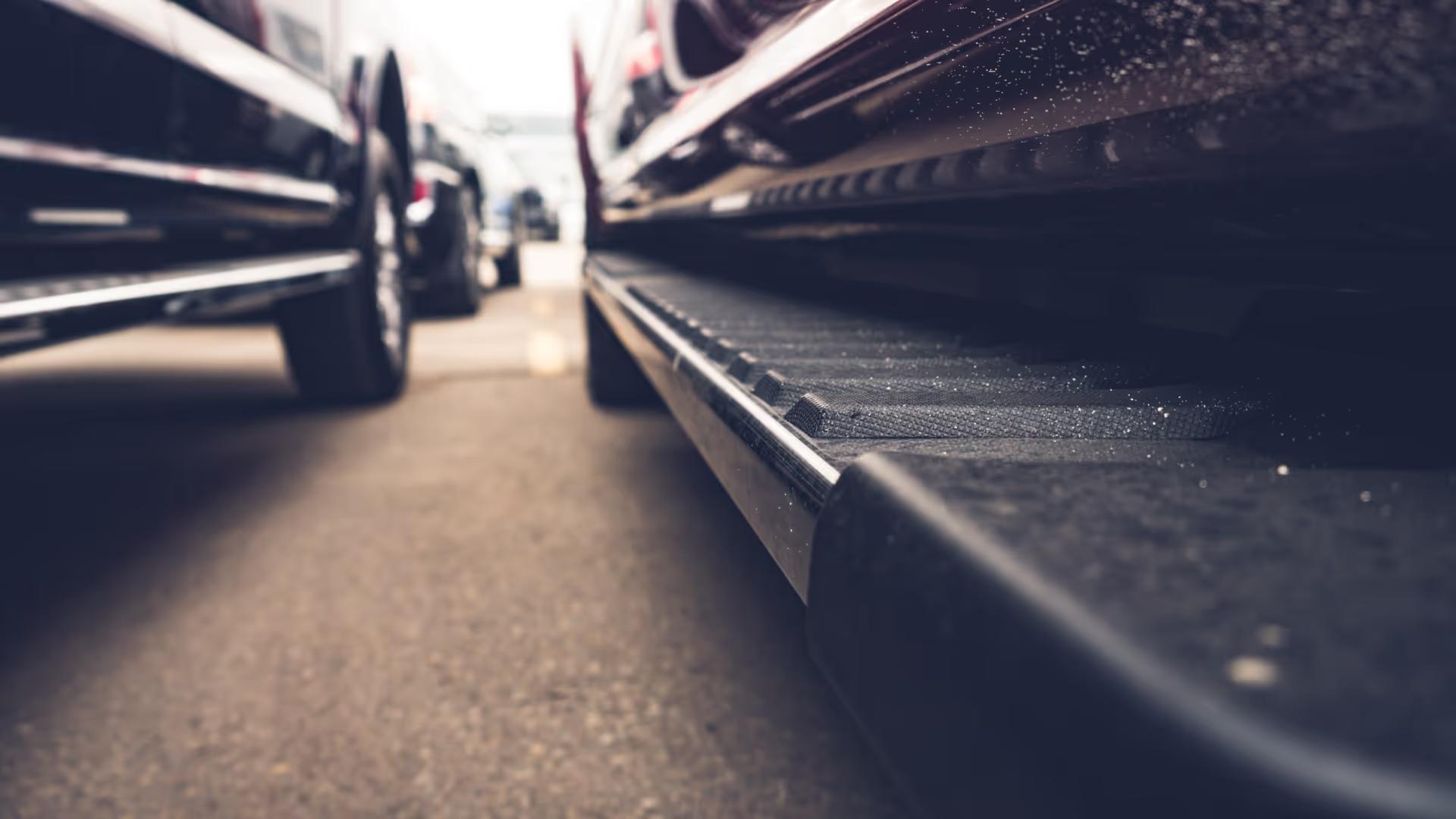
Customized Testing Solutions
We develop tailored testing methodologies and offer root cause analysis capabilities to address unique challenges in exterior component development.
It is said that first impressions last. With many buyers relying on aesthetics and functionality in their vehicle selection, exterior designs provide a competitive advantage to OEMs who catch the buyers' eye. New body geometry and lighting solutions have led to the use of novel materials as well as new manufacturing technologies. With cost in mind, striking a balance between an attractive design and the reliable functionality of exterior components has proven to be a challenge.
Validation testing for these exterior components aims to optimize the cost-benefit trade-off between design and function. From the eye-catching bumper to the humble underbody panel, all exterior components require validation testing. Whether it be months of accelerated weathering exposures or functionality use and abuse via life-cycle testing, MGA combines decades of experience and extended project support to provide a high level of urgency and care that each program deserves.
MGA’s Approach
Thorough validation of exterior components is critical to both an eye-pleasing presentation and ensuring a robust exterior that is up for whatever is thrown at it. From unseen trim panels to eye-catching garnishes to critical user interfaces, MGA has the expertise and equipment to support the required validation. Explore our key areas of exterior component testing below.
Types of Automotive Exterior Testing
Environmental Testing and Weathering
The most basic part of testing comprises of ensuring the exterior components can withstand the wide range of environments found in the world. With a variety of chambers and specialized equipment, it is possible to simulate and accelerate these conditions. Below is a list of different environmental tests:
Temperature and Humidity
Serving to replicate real-world conditions as well as verify material properties, temperature, and humidity testing is the backbone of automotive testing. Typically run as either a varied profile or steady state test, they can be used for verifying fit and finish, checking material properties, evaluating paint, and a variety of other quality checks.
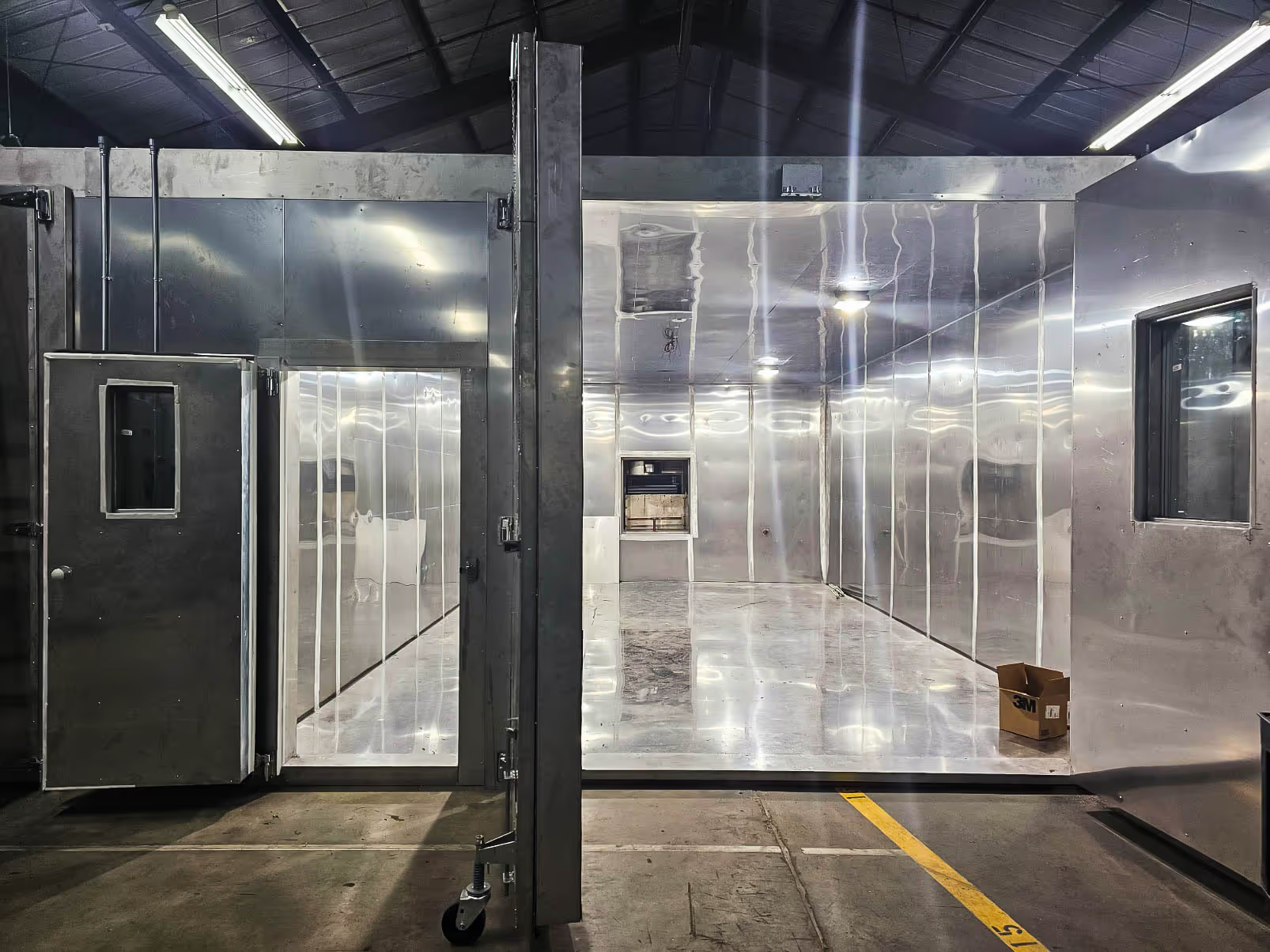
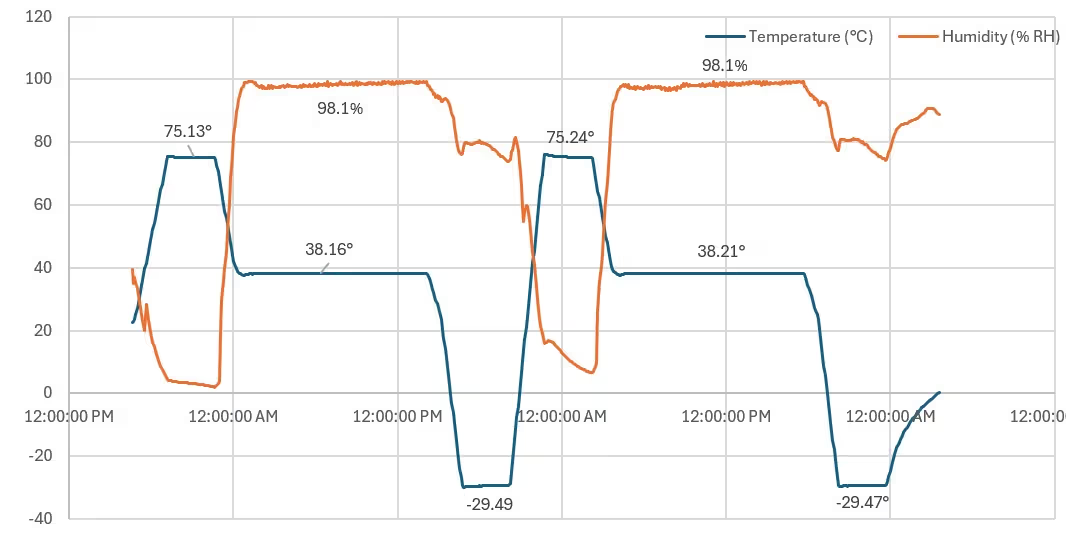
Solar Simulation
Solar Simulation is an evaluation of a component’s ability to survive exposure to excessive heat and a full spectrum of light. Examples of parts that receive this testing include exterior plastic components (fascia/cladding), and door trim components. Standard evaluations include cracking, crazing, yellowing, and dimensional stability. These tests can be performed on the assembly level or on the material level in order to find issues at all levels of the production process.
Corrosion / Salt Fog / Salt Spray
Frequently used in coating and underbody applications, corrosion testing serves to determine how a product may behave in environments prone to corrosion. Testing can be configured for different levels of salinity and PH as well as direct spray and fogging applications to replicate use cases.
Thermal Shock
Rapid temperature transitions are powerful enough to crack stone and rend steel, performing thermal shock testing ensures products will not fail when exposed to such circumstances. Using multiple temperature controlled spaced a sample is rapidly transitioned from one temperature to another (via carriage or hand) and evaluated for its stability and function after repeated transitions.
Heat Load
Differing from Solar Simulation, Heat Load testing aims to replicate a surface temperature that may be seen due to radiated heat. Using an array of Infra-red lamps samples can be directionally heated to a target temperature using closed loop controllers that monitor temperature via thermocouples (contact or non-contact).
Vehicle-level climate
Sometimes there is no replacement for performing environmental testing in vehicles. In these circumstances the use of large format environmental chambers becomes necessary. Along with the large chambers capable of achieving the required temperatures, additional infrastructure is often needed to support the vehicle. This can include vehicle dollies, battery tending equipment (low and high voltage), and mechanical support.
Mechanical and Functional Testing
Using a combination of pneumatic, hydraulic, and electric actuators a whole host of tests can be performed to evaluate the function and mechanics of various products. These tests serve to ensure quality and consistency when designing or producing a product. A few examples are listed below:
- Closure system durability: Uses robots or pneumatics to cycle closures in real-world simulation.
- Hinge and latch mechanical testing: Often coupled with closure testing to evaluate reliability.
- Impact resistance and cold impact testing: Performed via drop or pendulum methods to evaluate strength.
- Force and deflection measurements: Uses controlled loading to evaluate denting, buckling, or tactile performance.
Dimensional Validation
Whether it be for aesthetic or functional reasons the adherence to proper dimensions is crucial. Validating the dimensions of a product can be done for a variety of reasons: aesthetics, functionality, assembly, or quality control. These measurements can be performed standalone or as part of another test to ensure proper conformance to what is demanded.
- 3D scanning and measurement techniques: Uses white or blue light scanning to create 3D mesh of target object.
- Photogrammetry: Combines photography and mathematics to calculate movement in 3D space
- Fit and finish validation: Traditional measurements utilizing calipers, feeler gauges, and other measurement tools to evaluate gaps, flush, and overall fitment.
- CAD comparison and analysis: Uses sample CAD and 3D scanning to compare nominal conditions to actual production.

Test Methods and Standards
International Standards Compliance
International or Industry Standards serve to help homogenize the way tests are performed and provide a framework for OEMs to work from. In many instances these standards are directly referenced in an OEM’s test specification or internal documentation. Below are a few common sets of standards:
- ISO standards for automotive testing
- ASTM test methods for materials
- SAE standards for automotive components
- VDA requirements for German OEMs
OEM-Specific Testing Requirements
Many OEM’s have their own set of specifications and procedures for conducting validation. These procedures outline the specific methodology and evaluation criteria for their tests to ensure consistent data and results reporting. MGA has worked with OEM’s from around the world and are familiar with all kinds of specifications and procedures:
- North American: GM, Stellantis, Ford
- EV: Tesla, Lucid, Rivian
- European: BMW, VW, Daimler, Volvo
- Asia: Honda, Hyundai, Nissan, Mazda, Toyota
- Aerospace, Rail, & Bus
- Custom OEM testing solutions
Testing Equipment and Facilities
Environmental Chambers and Capabilities
MGA currently has over 100 chambers nationwide, with over 10% of them being considered mega drive-ins as they can accommodate commercial vehicles up to 27’ feet long with up to 15’ ceilings. Our large network of chambers helps to provide the best possible timing and large quantity of throughput for any of the tests mentioned above. Maintenance on MGA’s environmental chambers is performed regularly and can be handled internally. Experienced personnel in this area allow for shortened downtime if a chamber needs repair, and consistent maintenance of equipment allows for troubleshooting prior to an issue arising.
Key highlights:
- Temperature range capabilities (-50°C to 150°C)
- Drive-in chambers for full vehicle testing
- Walk-in and reach-in chamber options
- Humidity control systems
- Solar simulation equipment
- Multi-zone testing capabilities
Specialized Testing Equipment
Due to the unique and wide variety of tests that are requested, MGA has a robust selection of unique equipment to support any needs that may arise. Stemming from a desire to provide solutions, MGA continues to invest in new technologies to support the needs of the industry. A few broad categories of equipment are below, each with several options within.
- Robotic systems for repetitive testing
- Servo-electric and pneumatic controllers
- Data acquisition systems
- High-speed cameras and monitoring
- Custom fixtures and tooling
- Instrumentation for precise measurements
Component-Specific Testing Services
“Exteriors” is a broad term that can be applied to anything on the outside, but connected to, the vehicle. Below are several categories that fall in this broad definition. These categories all have different, sometimes overlapping, needs that require specific equipment and expertise.
Exterior Body Panel Testing
- Fascia and bumper durability
- Cladding and trim evaluation
- Roof system testing
- Spoiler and aerodynamic component validation
Exterior Lighting and Electrical Components
- Lamp assembly environmental testing
- Electrical connection durability
- Moisture ingress testing
- Thermal cycling of LED systems
Sealing and Weather Strip Testing
- Water leak testing
- Compression set evaluation
- Long-term sealing effectiveness
Advanced Testing Capabilities
Beyond what is listed above, MGA can provide services that look beyond the base level test. Listed below are a few types of tests MGA can provide comprehensive solutions for.
Accelerated Life Testing
- Failure mode analysis
- Correlation to real-world conditions
Multi-Factor Testing
- Combined environmental stresses
- Simultaneous mechanical and thermal loading
- Real-world simulation testing
- Custom test development
From unseen trim panels to striking exterior designs, MGA ensures every component meets the highest standards of performance and appearance.
Ready to validate your next exterior program? [Contact our testing team today.]
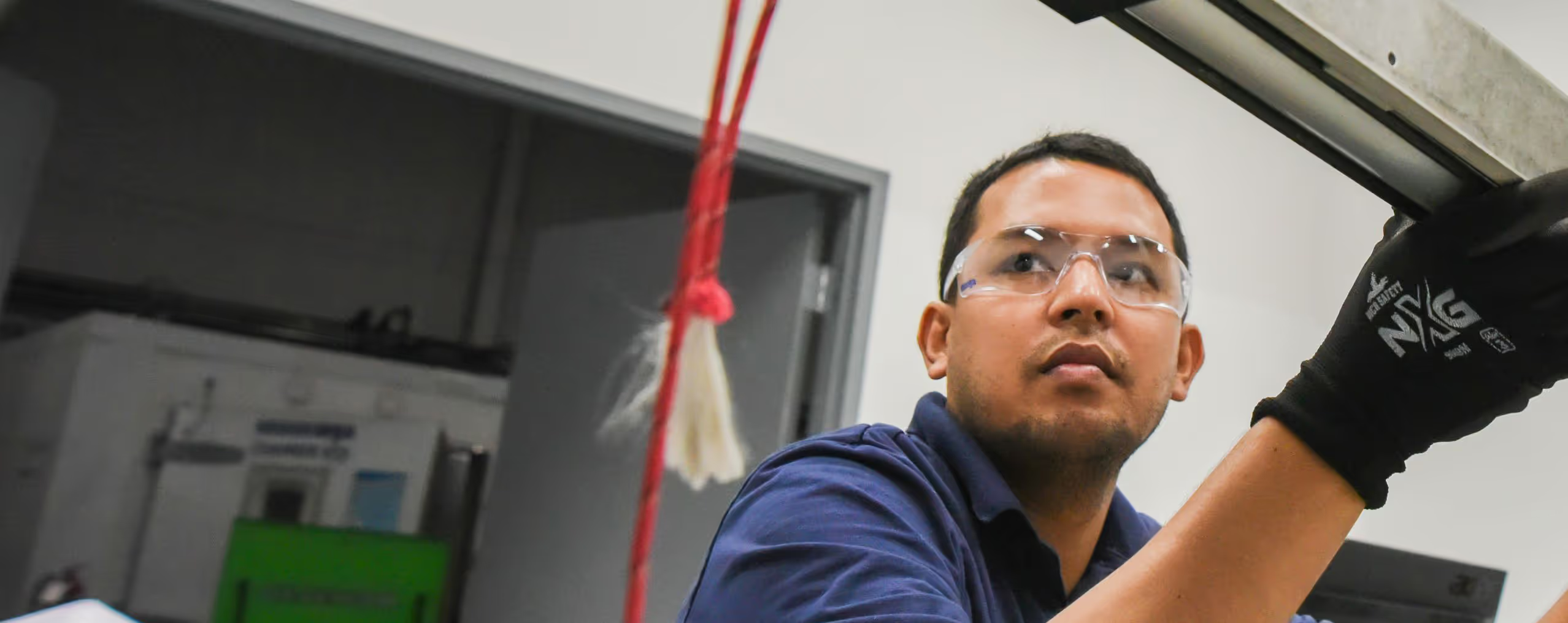
Ready to Get Started?
Let's discuss your testing needs and how MGA can help. Our team is ready to provide the expertise and solutions you're looking for.
